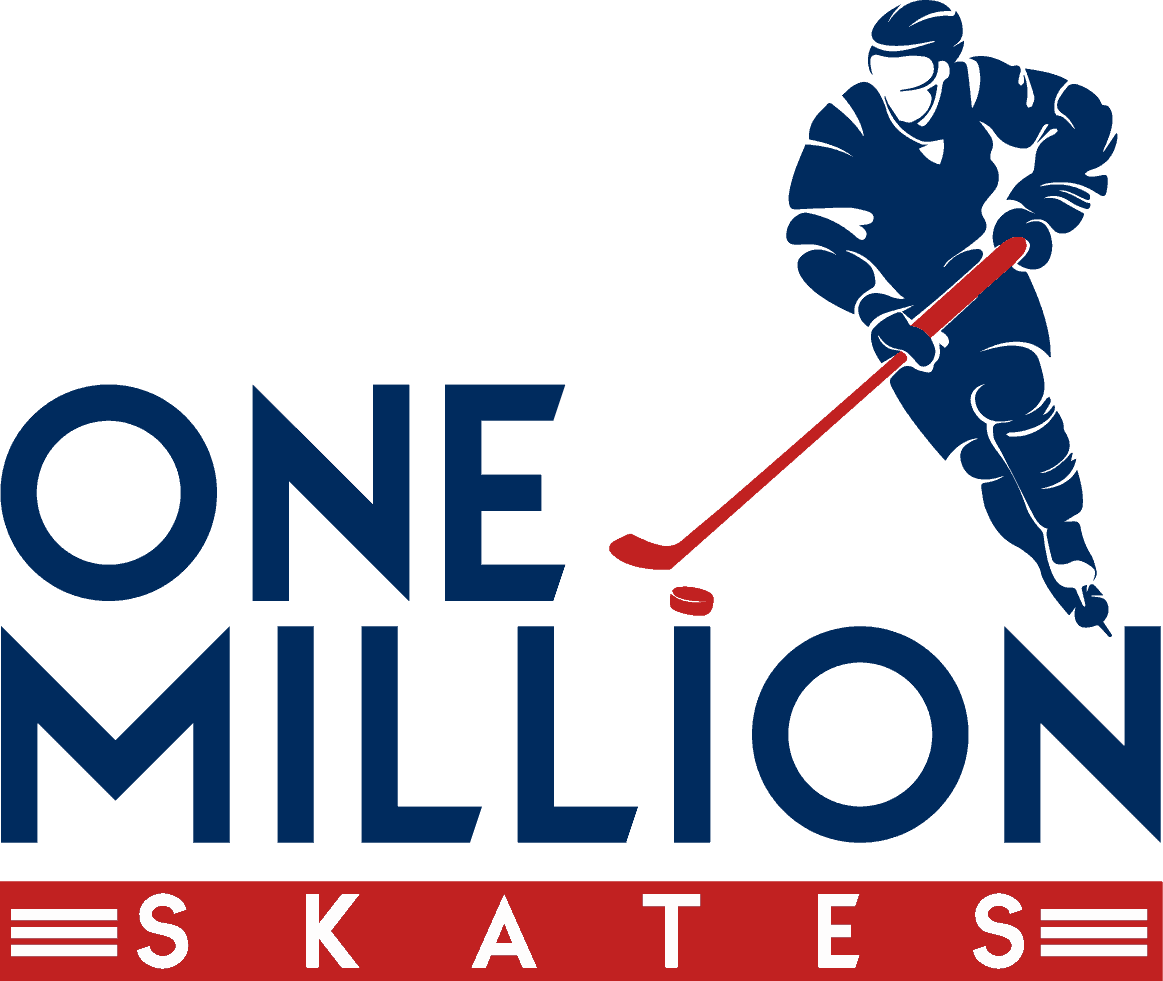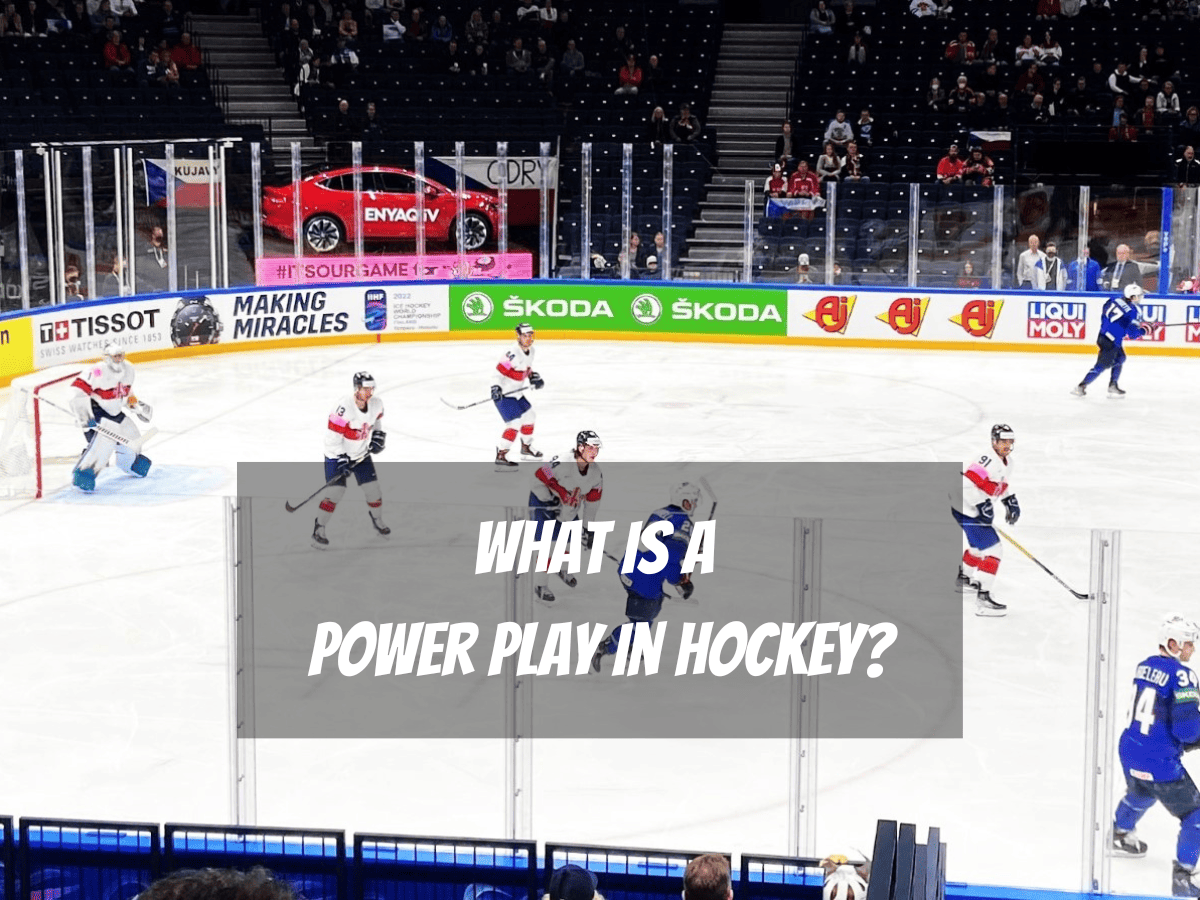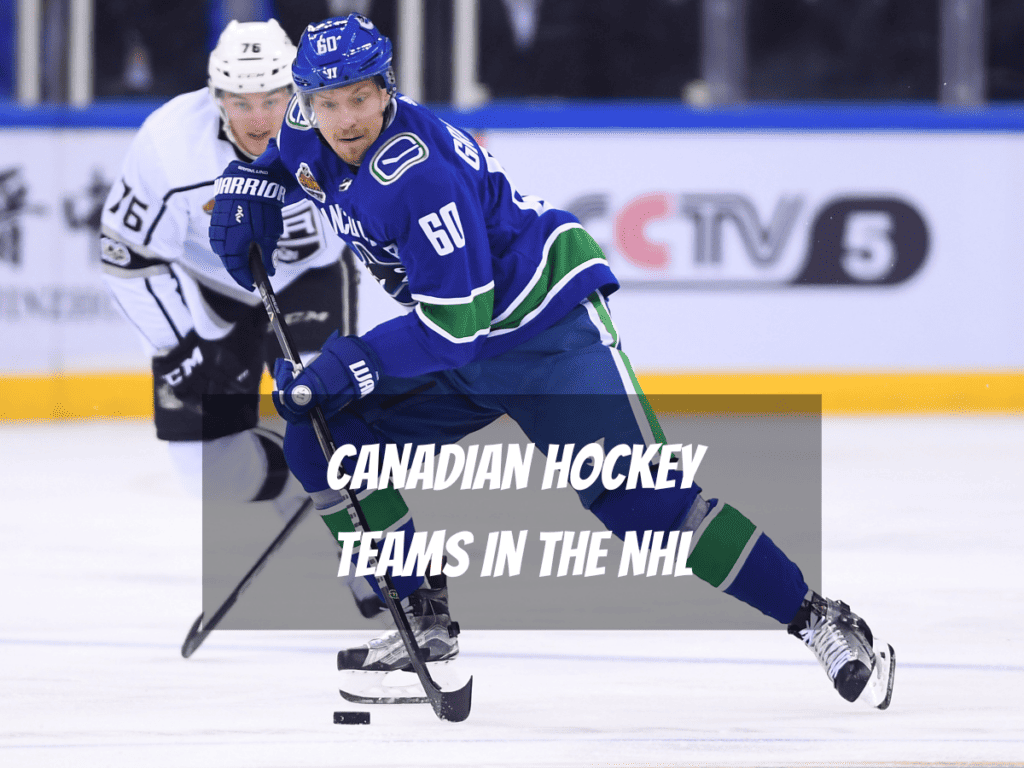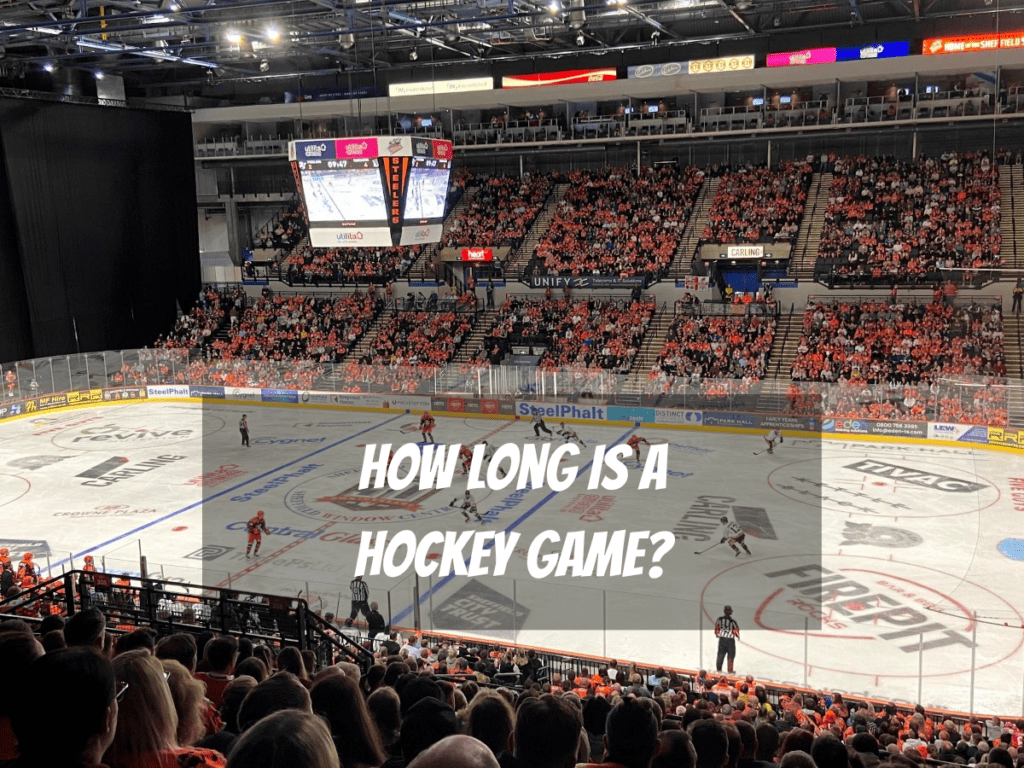One of the most frequently asked questions by newcomers to hockey is, "What is a power play in hockey?" The quick answer is that a "power play" is a situation where one team has a player advantage on the ice.
What Is A Power Play In Hockey: The Basics
So, precisely what is a power play in hockey? A power play is a unique situation, distinct from most other team sports. In hockey, a power play arises when one team gains a numerical player advantage on the ice due to a penalty assessed on the opposing team.
This advantage means that instead of the usual six players on the ice for each team, one side might only have four or five active players, depending on the number of penalties.
This situation increases one team's chance to score, as they have more players than their opponents. The team without the penalty is said to be on the power play, while the penalized team is "shorthanded" or on a penalty kill.
The power play in hockey is a pivotal component of strategy. Teams meticulously plan and practice their power play formations and tactics to capitalize on these opportunities. On the flip side, teams also train rigorously for penalty-killing scenarios to defend against power plays.
The dynamics of a power play can significantly influence the outcome of a game, making it a thrilling aspect for both players and fans.
Causes Of A Power Play In Hockey
Not all rule violations in hockey result in penalties leading to power plays. However, certain infractions, such as tripping, boarding, slashing, and high-sticking, can send a player to the penalty box, sometimes known as the "sin bin."
When this happens, the penalized player's team is down by one player, giving rise to a power play for the opposing team.
Referees play a pivotal role in this. When they spot an infraction, they must decide on the severity of the penalty, which in turn determines the length and type of power play.
Penalties can be categorized as minor or major, with minor corrections lasting two minutes and major penalties lasting five minutes. The penalized player can return to the ice for minor penalties if the opposing team scores a goal during the power play.
However, for major penalties, the offending player must serve the full five minutes, regardless of any goals scored.
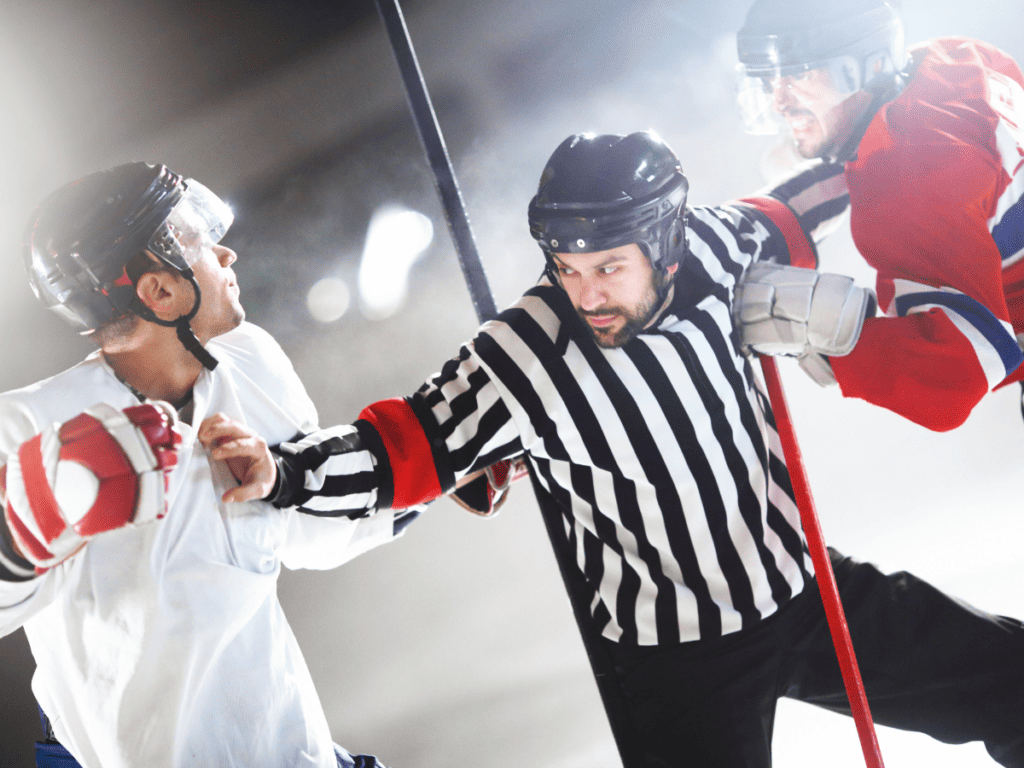
Power Play Duration And Structure
In the fast-paced world of hockey, penalties play a significant role in determining the flow and outcome of a game. The duration of a power play is directly linked to the severity of the penalty committed. Here's a breakdown:
Minor Penalty
A minor penalty, such as tripping or hooking, results in a 2-minute power play. If the team with the advantage scores during this window, the penalty concludes, and the penalized player returns to the ice.
Double-Minor Penalty
Some infractions, like drawing blood with a high stick, can lead to a double-minor penalty. This means the penalized team is shorthanded for 4 minutes. However, if the team on the power play scores in the initial 2 minutes, the remaining penalty time drops to 2 minutes. The power play ends if another goal is scored in the latter half.
Major Penalty
Major penalties often result from severe infractions like fighting and last 5 minutes. The unique aspect of major penalties is that the power play continues for the entire duration, irrespective of the number of goals the advantaged team scores. This can be particularly challenging for the shorthanded team, as they must defend without any reprieve.
Different Power Play Scenarios
While the essence of a power play is a numerical advantage, the exact player configuration can differ based on the situation:
5 On 4 Advantage
This is the most frequent power play in hockey, where one team has five players, and the other is down to four due to a penalty. The team with five players will often employ strategies like the "umbrella" or "overload" to maximize their scoring opportunities. Read more about these below.
5 On 3 Advantage
A rarer but highly advantageous situation for the team on the power play. It occurs when one team has two players penalized almost simultaneously. With such a significant advantage, the team on the power play often uses the "spread" strategy, positioning three forwards in the slot and two defensemen near the blue line, aiming to create passing lanes and scoring opportunities.
4 On 3 Advantage
This occurs when both teams have penalties, but one team has an extra penalized player. It's less common and introduces unique strategic elements, as both teams are down a player, but one team still has a slight edge.
Are You Looking To Unleash Your Inner Hockey Player?
You may be a seasoned player moving to the next level, a novice, or a fan trying to understand the game.
Do you want to know about the NCDC, how to lace your child's hockey skates or how long an NHL game is?
We have the answers to these and many more questions.
Power Play Formations And Strategies
A power play in hockey is more than just a numerical advantage; it's a strategic opportunity. Teams meticulously design their power play formations to exploit the weaknesses of the opposing team's defence, aiming to maximize their chances of scoring.
1-3-1 Formation
This is popular among many teams due to its versatility. At its core, the 1-3-1 setup involves a single player, typically a defenseman, positioned near the blue line. This player acts as the primary puck distributor.
Two wingers and a central "bumper" player are stationed in the middle, facilitating quick passes and shot opportunities. The fifth player, often a forward, positions themselves right in front of the net. Their role is twofold: to screen the goaltender, making it harder for them to see incoming shots, and to deflect shots or pounce on rebounds.
Overload Formation
The Overload strategy is aptly named, as it focuses on overloading one side of the ice. Players crowd one side, aiming to create mismatches and exploit defensive lapses.
Concentrating their forces on one side, they can execute quick passes, opening up shooting lanes or catching the defence out of position. This strategy is particularly effective against less agile defensive units, as the rapid puck movement can leave them scrambling.
Umbrella Formation
The Umbrella is another popular formation, especially during 5-4 advantages. Players position themselves in a semi-circle around the offensive zone, with three players near the blue line and two closer to the net.
This setup allows for quick lateral puck movement, making it challenging for the defence and goaltender to adjust. The primary objective is to find an open shooting lane or exploit defensive shifts to create scoring opportunities.
While these formations provide a structured approach, the real magic happens when players improvise within these structures. Quick, unexpected passes, player rotations, and shot fakes can disrupt even the most disciplined defensive units.
Moreover, the team on the power play must be wary of the shorthanded team's counterattacks. A lapse in concentration can lead to a shorthanded goal, turning a potential advantage into a setback.
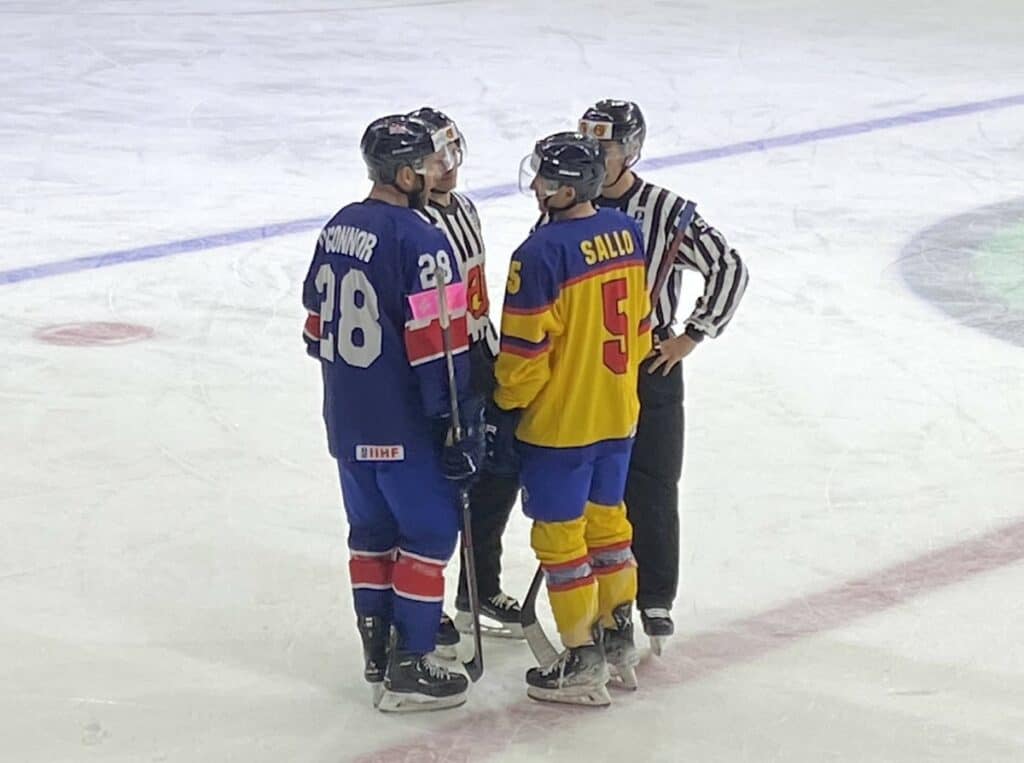
The Role Of The Shorthanded Team
Being shorthanded in hockey is challenging, but it doesn't mean a team is entirely on the defensive. Teams often look for opportunities to score even when they're down a player, leading to what's known as a "shorthanded goal."
These goals can be game-changers, providing a significant morale boost to the team and often catching the power play team off guard. To achieve this, teams might employ fast, skilled players who can capitalize on any mistakes the power play team makes.
These players are adept at intercepting passes, forcing turnovers, and breaking away for potential scoring opportunities. The term "penalty kill" is frequently used to describe the efforts of the shorthanded team, emphasizing their primary goal of killing off the penalty time without conceding a goal.
Strategies Of Shorthanded Teams
The primary objective for the shorthanded team, or the "penalty kill" unit, is to prevent the power play team from scoring. This requires a combination of disciplined positioning, aggressive forechecking, and timely clearances. Here are some common strategies:
Box Formation
This is a standard defensive setup where four players form a box shape in their defensive zone. The two defensemen stay close to the net while the forwards position themselves higher up, ready to challenge the point players of the power play unit. The box contracts and expands based on puck movement, ensuring that shooting lanes are blocked, and passing options are limited.
Diamond Formation
Suited for a 5-3 disadvantage, the diamond formation sees one player at the point, two along the boards, and one in front of the net. This setup challenges the power play unit's point players, forcing them to make riskier passes or take shots from less optimal positions.
Aggressive Forechecking
Some teams opt for an aggressive approach, sending one or even two players to challenge the power play unit's puck carriers in the offensive zone. This strategy can disrupt the power play team's setup and lead to turnovers.
Clearances
One of the key tactics for a shorthanded team is to clear the puck out of their zone effectively. Since icing is not called against the shorthanded team, players can send the puck the length of the ice, forcing the power play unit to regroup and re-enter the zone.
Power Plays In Overtime
Overtime in hockey is a thrilling and high-stakes period where every decision and play can determine the game's outcome. During regular season overtime, teams typically play 3-on-3, a format designed to open up the ice and create more scoring opportunities. This setup makes the game faster and more unpredictable.
Now, introduce a power play into this equation. If a team incurs a penalty during overtime, they don't drop to 2 players, making it a 3-on-2 situation. Instead, the team with the advantage adds a player, turning the game into a 4-on-3 scenario.
Being on the penalty kill during overtime can be particularly challenging. With more space on the ice and fewer players to defend, the shorthanded team must be incredibly disciplined and strategic in their approach.
On the flip side, the team with the power play advantage must be cautious. While they have a golden opportunity to score and win the game, they must also be wary of turnovers. Given the open nature of 3-on-3 play, a single mistake can lead to a shorthanded breakaway for the opposing team.
Conclusion - What Is A Power Play In Hockey?
So, what is a power play in hockey? It's more than just a numerical advantage. It's a blend of strategy, skill, and opportunity. Whether you're a player on the ice or a fan in the stands, understanding the intricacies of the power play can significantly enhance your appreciation of the hockey game.
